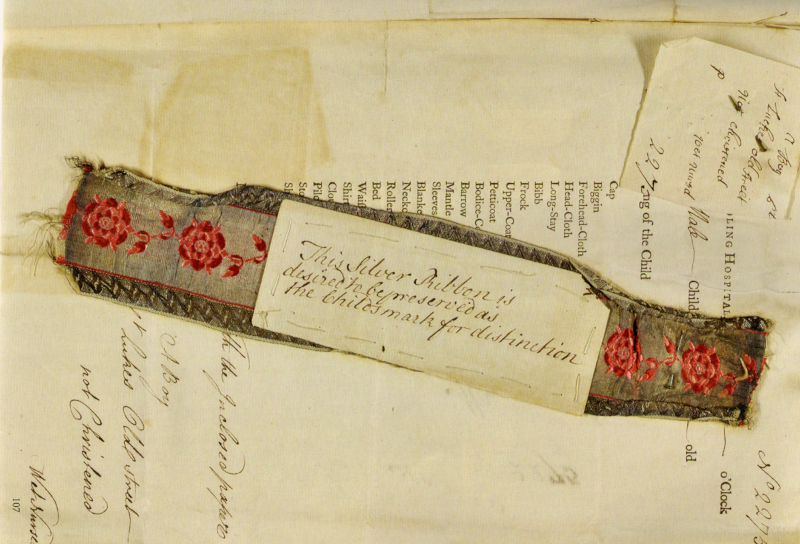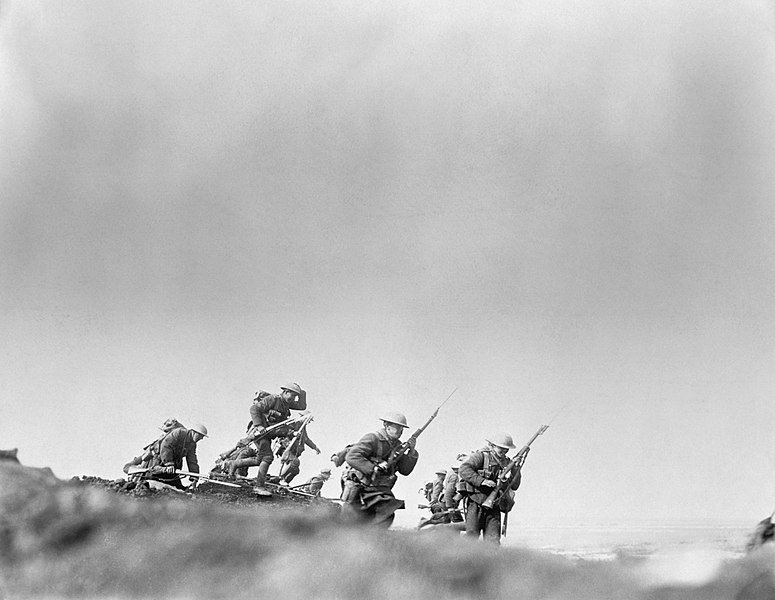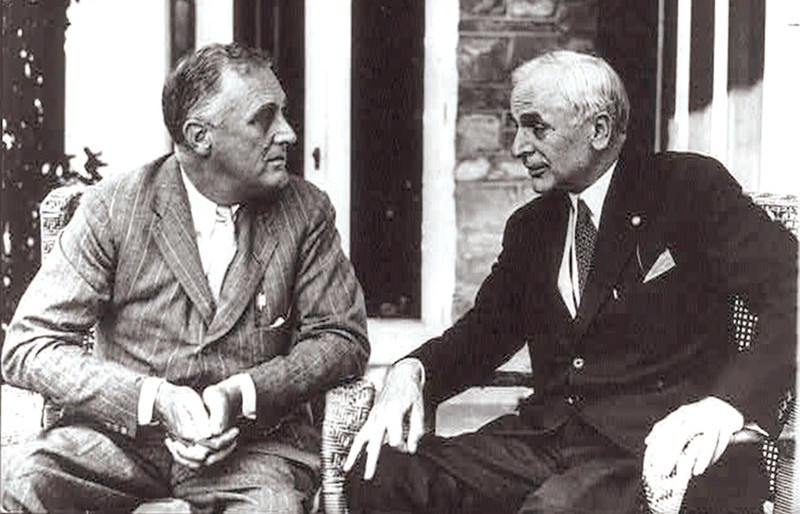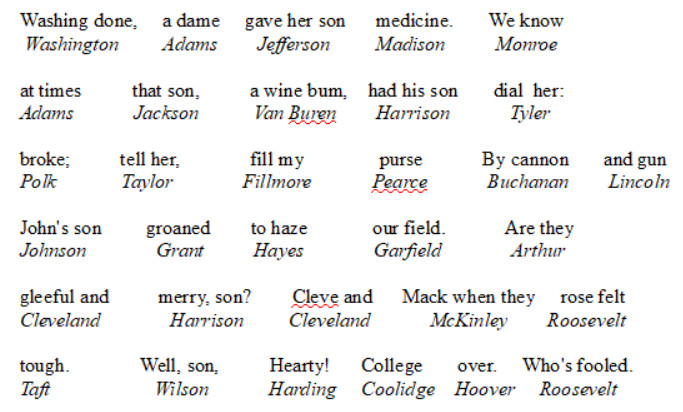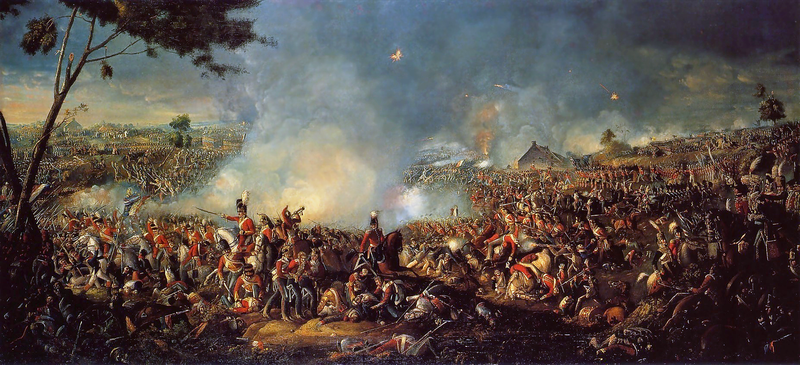
After the Battle of Waterloo, the Duke of Wellington was constantly asked to describe his adventures on that day. Eventually he insisted that all his stories had been told, but during a visit to the Marchioness of Downshire, he said, “Well, I’ll tell you one that has not been printed.”
In the middle of the battle of Waterloo he saw a man in plain clothes riding about on a cob in the thickest fire. During a temporary lull the Duke beckoned him, and he rode over. He asked him who he was, and what business he had there. He replied he was an Englishman accidentally at Brussels, that he had never seen a fight and wanted to see one. The Duke told him he was in instant danger of his life; he said ‘Not more than your Grace,’ and they parted.
But every now and then he saw the Cob-man riding about in the smoke, and at last having nobody to send to a regiment, he again beckoned to this little fellow, and told him to go up to that regiment and order them to charge, giving him some mark of authority the colonel would recognise. Away he galloped, and in a few minutes the Duke saw his order obeyed. The Duke asked him for his card, and found in the evening, when the card fell out of his sash, that he lived at Birmingham, and was a button manufacturer!
“When at Birmingham the Duke inquired of the firm and found he was their traveller and then in Ireland. When he returned, at the Duke’s request he called on him in London. The Duke was happy to see him and said he had a vacancy in the Mint of 800l. a-year, where accounts were wanted. The little Cob-man said it would be exactly the thing and the Duke installed him.”
(Attributed to John Edward Carew in The Life of Benjamin Robert Haydon, 1853.)

